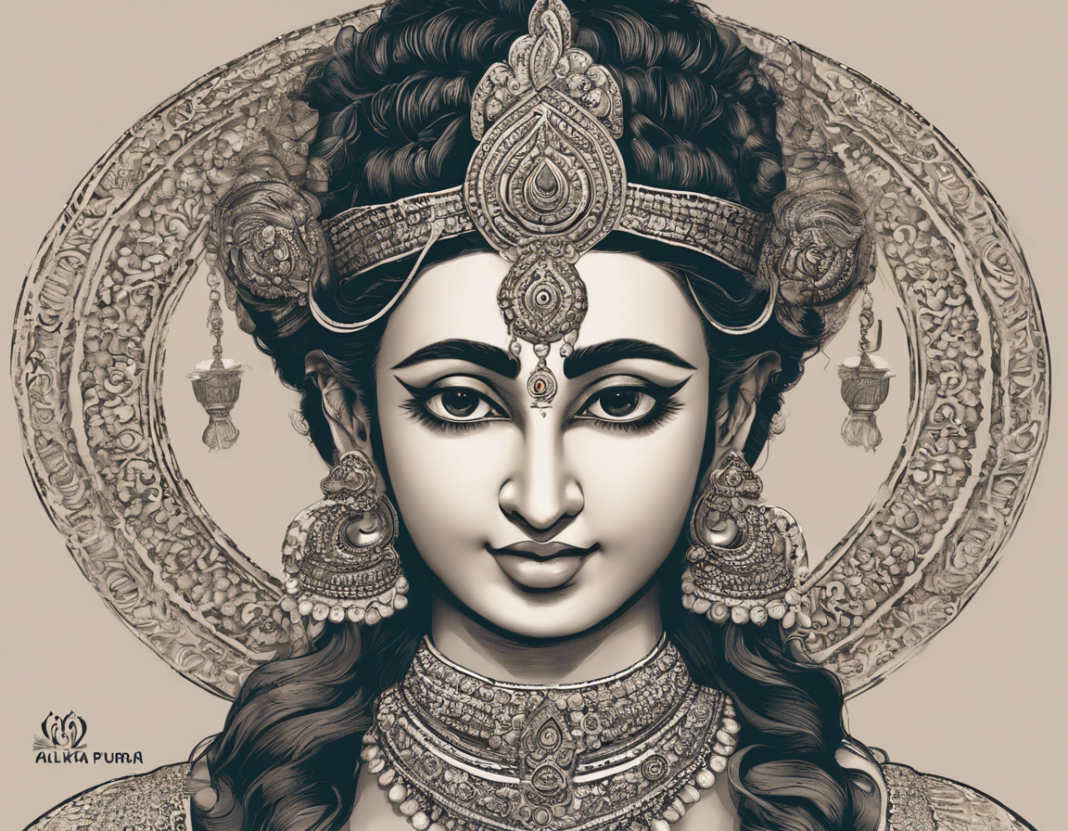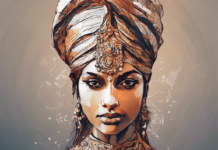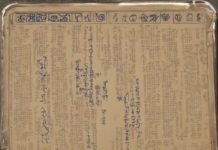Introduction:
Kalika Purana is one of the eighteen major Puranas, traditional Hindu texts that cover a wide range of topics such as cosmology, mythology, genealogy, philosophy, and more. This Purana is dedicated to Goddess Kali, the fierce and powerful deity considered one of the forms of the Divine Mother in Hinduism. The Kalika Purana is a significant text that delves into the worship and rituals associated with Goddess Kali, providing devotees with spiritual insights and guidance for their religious practices.
Origins and Significance:
The Kalika Purana is believed to have originated in Eastern India, particularly in the region of Bengal. It is said to have been composed sometime between the 9th and 10th centuries AD, making it one of the later Puranic texts. The text is written in Sanskrit and consists of various chapters that explore different aspects of Goddess Kali’s mythology, symbolism, and worship.
Themes and Content:
The Kalika Purana is filled with stories, hymns, and rituals that revolve around Goddess Kali. It delves into her fierce form as well as her compassionate aspect, showcasing her dual nature as both a destroyer of evil forces and a nurturing mother to her devotees. The text also explores the importance of devotion, sacrifice, and penance in pleasing the Goddess and gaining her blessings.
Key Stories and Legends:
One of the most famous stories in the Kalika Purana is the tale of Goddess Kali’s battle with the demon Raktabija. According to the legend, Raktabija had the power to multiply himself every time a drop of his blood fell on the ground, making him virtually indestructible. However, Goddess Kali, with her fierce form and supernatural abilities, managed to defeat the demon by drinking his blood before it could reach the ground, thus vanquishing him.
Rituals and Worship:
The Kalika Purana provides detailed instructions on various rituals and ceremonies dedicated to Goddess Kali. These include daily worship practices, special offerings, and festival celebrations that are meant to invoke the Goddess’s presence and seek her blessings. Devotees of Goddess Kali often recite specific mantras, perform pujas, and engage in acts of devotion to deepen their connection with the deity.
Symbolism and Iconography:
Goddess Kali is typically depicted in Hindu iconography as a fierce deity with multiple arms, each holding various weapons and symbols. She is often portrayed standing or dancing over the body of Lord Shiva, representing the eternal dance of creation and destruction. The symbolism associated with Goddess Kali is rich and multi-layered, reflecting her role as a divine force that transcends time, space, and duality.
Theological Insights:
The Kalika Purana offers valuable insights into the nature of divinity, karma, and the cycles of creation and destruction in the universe. It emphasizes the power of faith, devotion, and righteous actions in attaining spiritual liberation and inner transformation. By studying the theological teachings of the Kalika Purana, devotees can deepen their understanding of the cosmic order and their place within it.
Conclusion:
In conclusion, the Kalika Purana stands as a profound and spiritually enriching text that celebrates the divine essence of Goddess Kali. Through its myths, rituals, and teachings, this Purana illuminates the fierce yet compassionate nature of the Great Goddess, guiding devotees on their spiritual journey towards self-realization and transcendence. By immersing oneself in the mysteries of the Kalika Purana, one can unlock the transformative power of devotion and experience the boundless grace of Goddess Kali in all her glory.
Frequently Asked Questions (FAQs):
- What is the main message of the Kalika Purana?
-
The Kalika Purana emphasizes devotion to Goddess Kali as a means to attain spiritual enlightenment and liberation.
-
How does Goddess Kali differ from other Hindu goddesses?
-
Goddess Kali is often associated with fierce aspects of feminine energy and is revered as a powerful deity who destroys evil forces.
-
Are there specific rituals or prayers mentioned in the Kalika Purana for devotees to follow?
-
Yes, the Kalika Purana provides detailed instructions on various rituals, prayers, and offerings dedicated to Goddess Kali.
-
What significance does Goddess Kali hold in Hindu mythology?
-
Goddess Kali represents the eternal energy of time, change, and transformation in Hindu mythology, and is revered as a symbol of both destruction and creation.
-
Is the Kalika Purana widely studied and practiced in modern Hinduism?
- While not as popular as some other Puranic texts, the Kalika Purana still holds significance for devotees of Goddess Kali and those interested in her worship and mythology.












